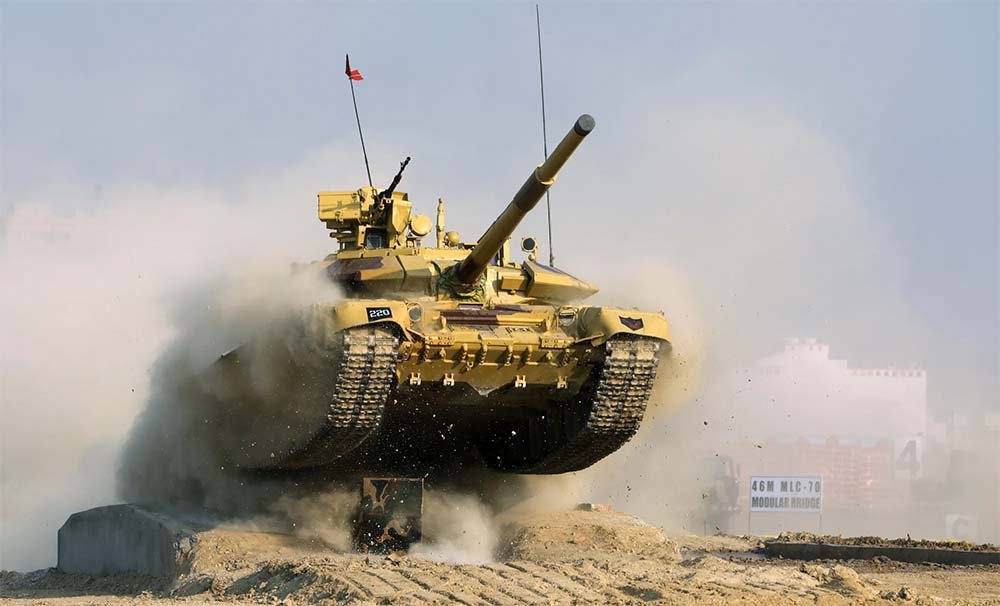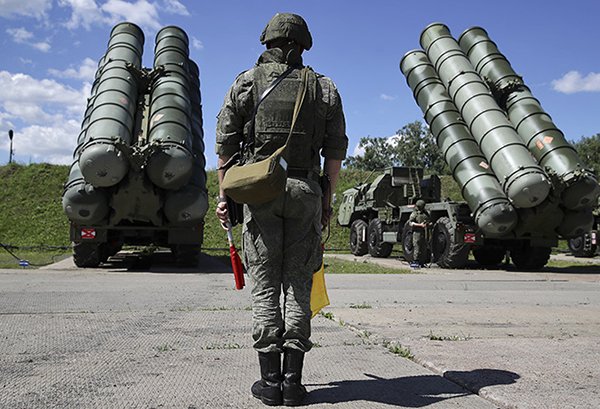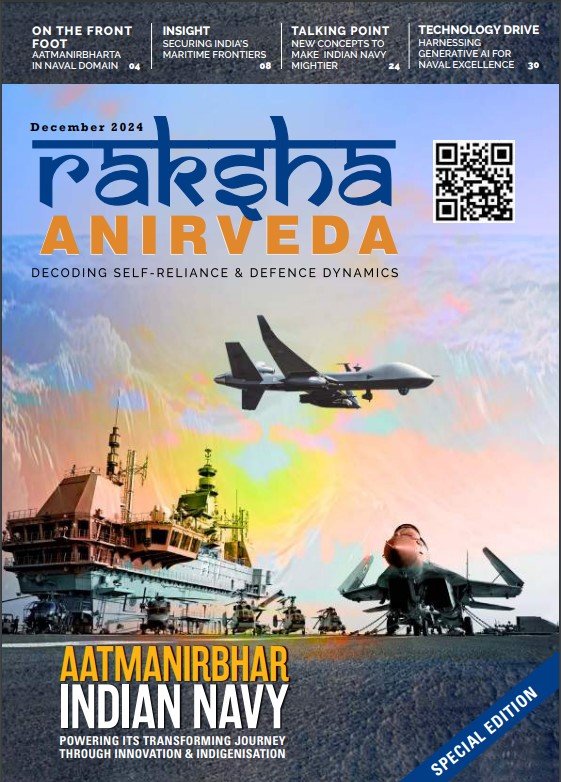For decades, India has relied on multiple defence partners to safeguard its vast territory and diverse security challenges. Among these, Russia has historically been the most prominent, supplying advanced fighter aircraft, missile systems, and nuclear submarines. Yet India has also maintained and expanded ties with Western partners such as France, which has provided Rafale fighter jets and is collaborating on futuristic jet-engine technologies. The United States has emerged as a major supplier of drones and surveillance systems, while Israel contributes state-of-the-art radar and missile technologies. This broad web of partnerships underscores New Delhi’s intent to diversify and build resilience in its defence ecosystem. Alongside this international engagement, India has steadily moved towards self-reliance, with government programmes, such as Make in India and Aatmanirbhar Bharat, promoting the domestic development of new weapons platforms. The combination of these policies is now reflected in a marked shift in India’s defence import patterns, particularly in its declining dependence on Russia.
Recent data from the Stockholm International Peace Research Institute (SIPRI) shows that India continues to rank as the world’s second-largest arms importer, accounting for roughly 8.3 per cent of global imports in 2020–2024. However, the composition of these imports has changed dramatically. Russia, which once supplied 72 per cent of India’s defence imports between 2010 and 2014, saw its share decline to 55 per cent in 2015–2019 and then drop sharply to 36 per cent in 2020–2024. In parallel, India’s overall arms imports have fallen by about 9.3 per cent when comparing the periods 2015–2019 and 2020–2024.
India is the world’s second-largest arms importer. The composition of defence imports has changed dramatically over the years. Russia, which once supplied 72% of India’s defence imports between 2010 and 2014, saw its share decline to 55% in 2015–2019 and then drop sharply to 36% in 2020–2024
France and the United States have emerged as stronger partners, while Israel and other Western nations are playing niche but significant roles in strengthening India’s capabilities. This trend reflects not a rupture with Russia, but a recalibration driven by technological needs, strategic autonomy, and the rising importance of indigenous innovation. It needs to be underlined that despite the fall, India has been lucky to receive technologically sophisticated arms and equipment such as Krivak class frigates, S-400 Triumph air defence systems with a promise to buy two more batteries worth another $5 billion, and offers from Russia to sell SU-57 5th generation fighters with technology transfer rights. India is already equipping its armed forces with home-manufactured AK 202 Assault rifles made to suit Indian conditions with Russian technology transfer.
Recent Developments
The momentum behind India’s domestic defence production has become particularly visible in recent years, with new systems successfully deployed during the 2025 conflict with Pakistan. The Akashteer air defence command-and-control system, developed indigenously by Bharat Electronics Limited, provided India with an AI-powered network capable of real-time tracking and interception of drones and loitering munitions. Reports suggest that it performed with remarkable success in neutralising aerial threats during the conflict. Similarly, the Nagastra-1 loitering munition, a portable, drone-based precision weapon, was used effectively against fortified positions, demonstrating the growing maturity of India’s private sector in partnership with state-led research. The Defence Research and Development Organisation (DRDO), meanwhile, has advanced projects such as the UAV-launched precision guided missile (ULPGM), enabling India to carry out highly accurate strikes without putting pilots at risk. Additionally, the Bhargavastra counter-drone system has added a multi-layered shield against aerial swarms, a capability crucial in the era of asymmetric drone warfare.
These technologies were not merely experimental. Their combat use in Operation Sindoor during the May 2025 war against Pakistan showcased the efficacy of India’s indigenous systems and demonstrated that the country is no longer confined to being an importer but is on the trajectory of becoming a defence innovator and exporter. In fact, the government has laid out ambitious targets to boost defence exports to nearly $6 billion by 2029, banking on the credibility earned by battle-tested Indian systems. The wider technological ecosystem is also being strengthened through government incentives worth over $230 million to boost domestic drone manufacturing, alongside reforms in military training and joint service operations designed to integrate cyber, space, AI, and electronic warfare capabilities into the future battlefield.
While India continues to value its defence partnership with Russia, it has deepened ties with the US, France, and Israel in response to evolving threats from China and Pakistan. Russia’s entanglement in the Ukraine conflict has constrained its ability to deliver certain advanced systems on time, compelling India to seek alternatives
Strategic Motive?
The strategic motives behind India’s reduced reliance on Russian arms are multifaceted. At the heart of this lies the principle of diversification. By broadening its procurement base to include France, the United States, Israel, and the domestic industry, India mitigates the risks associated with over-dependence on a single supplier. This not only secures a wider range of technologies but also strengthens bargaining power in negotiations with all partners, including Russia. Equally important is the pursuit of self-reliance, which reduces costs, enhances operational flexibility, and creates opportunities for the domestic economy through high-skilled jobs and technology transfer.
The geopolitical environment has also played a decisive role in shaping this transition. While New Delhi continues to value its defence partnership with Moscow, India has also deepened ties with Washington, Paris, and Tel Aviv in response to evolving threats from both China and Pakistan. Russia’s entanglement in the Ukraine conflict has constrained its ability to deliver certain advanced systems on time, compelling India to seek alternatives. Yet this decline in defence imports from Moscow has not undermined the broader Indo-Russian relationship. Energy cooperation remains robust: India has continued importing discounted Russian oil despite Western pressure, highlighting the resilience of the partnership. Indeed, this very stance has brought tensions with the United States, with Washington contemplating tariffs on Indian exports in response to its energy dealings with Russia. But for India, balancing these competing pressures is the essence of strategic autonomy, maintaining relationships with multiple poles of power while pursuing national interest uncompromisingly.

Some critics worry that the reduction in Russian defence imports could weaken long-standing operational familiarity, given India’s vast inventory of Russian-made systems ranging from Sukhoi fighter jets to T-90 tanks. Yet New Delhi has addressed this by ensuring that maintenance, joint servicing, and spare-parts agreements remain in place. Russian technology still underpins much of India’s strategic arsenal, including nuclear submarines and missile defence systems. At the same time, newer procurements from Western partners bring capabilities that Russia cannot always provide, such as advanced drones, cyber-warfare tools, and cutting-edge avionics. This complementarity rather than competition underscores India’s pragmatic approach: acquiring the best technologies available while retaining trusted legacy systems.
India is investing heavily in its domestic innovation ecosystem, becoming not just a consumer but also a producer of defence technologies with global reach. The 2025 conflict with Pakistan was a turning point, validating the effectiveness of Indian systems and proving that strategic autonomy is operationally advantageous
Future Outlook
Looking to the future, India’s declining dependence on Russian arms should be viewed less as a departure and more as an evolution. The relationship with Russia remains important, sustained by defence legacy, energy trade, and geopolitical alignment in multilateral platforms such as BRICS and the Shanghai Cooperation Organisation. Yet India is simultaneously investing heavily in its domestic innovation ecosystem, advancing towards becoming not just a consumer but also a producer of defence technologies with global reach. The 2025 conflict with Pakistan was a turning point, validating the effectiveness of Indian systems and proving that strategic autonomy is not only possible but operationally advantageous.
The fall in Russia’s share of India’s defence imports is part of a deliberate, long-term plan to strengthen national resilience, broaden partnerships, and build indigenous capabilities. Far from signalling a weakening of ties with Moscow, it reflects a mature balancing act where energy, defence, and diplomacy coexist in nuanced ways. India’s strategic goal is not to sever old ties but to ensure that no single country dominates its defence portfolio. By doing so, New Delhi preserves its freedom of action in an increasingly complex world, while positioning itself as a future hub of defence innovation and exports. This pivot represents not a retreat but a confident stride towards self-reliance, modernisation, and enduring strategic autonomy.







